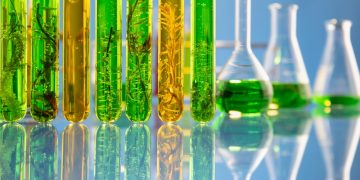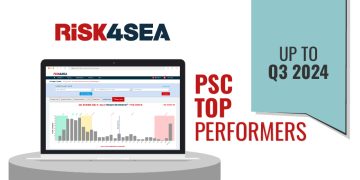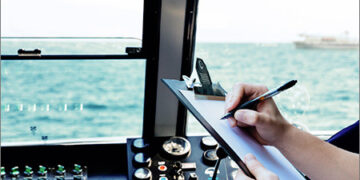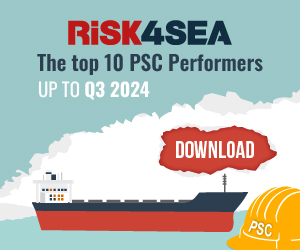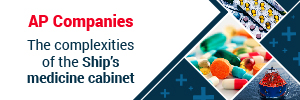Wärtsilä 31 engines selected for new generation icebreaker
The recently introduced Wärtsilä 31 engine has been selected to power a state-of-the-art new generation icebreaker currently under construction at the PJSC Vyborg Shipyard. The ship is being built on behalf of FSUE Atomflot, the enterprise of ROSATOM, the State Corporation for Atomic Energy. The order was signed in September.When delivered, the icebreaker will serve the Yamal LNG project in Sabetta, located northeast of the Yamal peninsular in Russia. The project is one of the largest industrial undertakings in the Arctic. Fuel efficiency and reliability were the two major deciding factors behind the choice of the Wärtsilä 31 engine.Other key considerations in the decision process were the engine’s operational flexibility and its outstanding performance in extreme environmental conditions. The new vessel will operate in temperatures as low as minus 50°C.The new generation icebreaker Aker ARC 124 will feature three 8-cylinder Wärtsilä 31 engines. The installation will also include Wärtsilä’s online monitoring of the engines, thereby enabling their operating condition to be closely followed remotely. An additional characteristic of the newly introduced vessel is that it will feature a totally new approach to maintenance. The first major service required by the Wärtsilä 31 comes only after 8000 running hours (compared to ...
Read moreDetails












